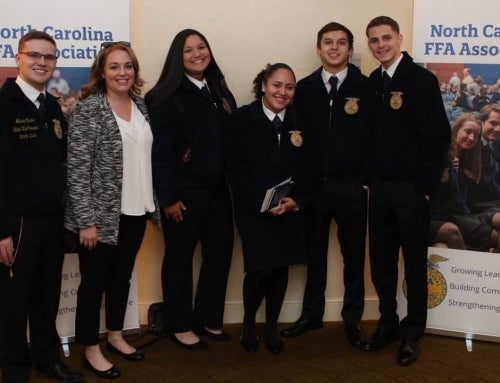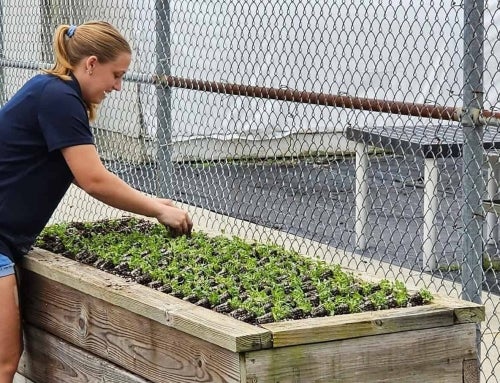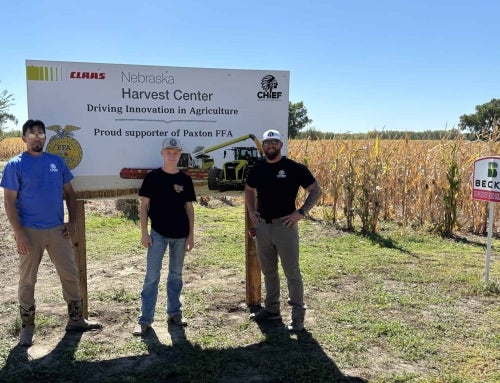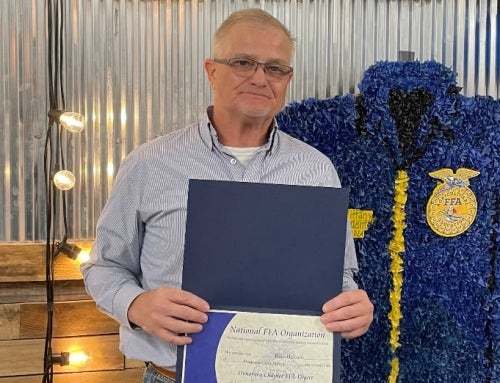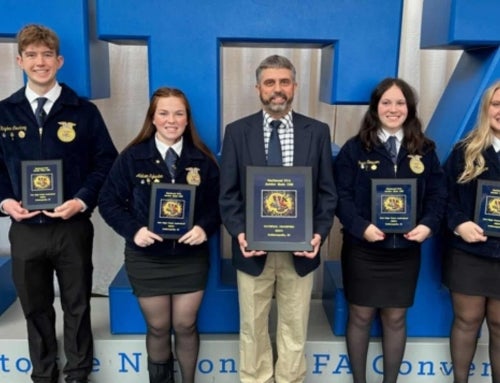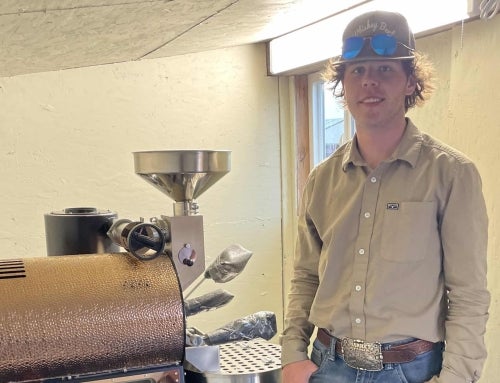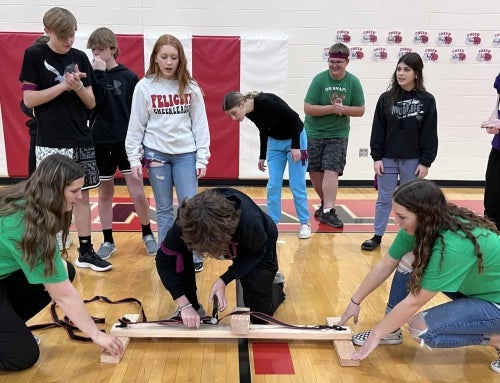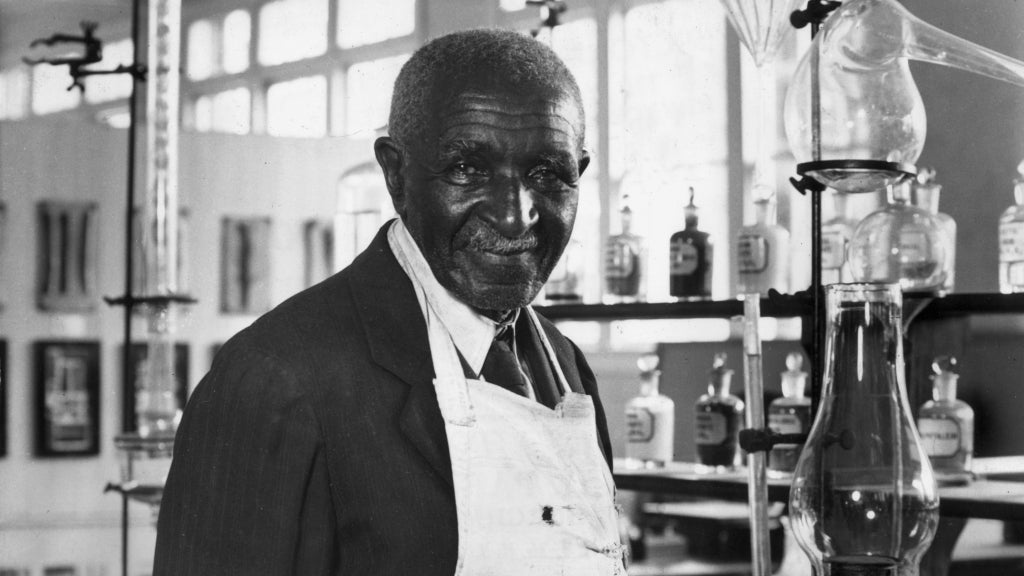
Photography: Getty Images, Hulton Archive / Stringer.
Did you know that Jan. 5 is George Washington Carver Recognition Day? Although many celebrate Carver for his accomplishments related to peanut production, there are many more interesting things to know about this leading agricultural innovator.
“George Washington Carver was a renaissance man and pioneer who impacted agriculture and science by opening doors for those who came behind him and proving intellect is not a matter of skin color,” says Dr. Antoine Alston, associate dean for academic studies in the College of Agriculture and Environmental Sciences at North Carolina Agricultural and Technical State University. “In a nutshell, Carver paved the way for generations that followed, demonstrating greatness is not a matter of race, but of fortitude, perseverance and the desire to make a difference.”
The National Park Service preserves the birthplace and childhood home of Carver near Diamond, Mo. The George Washington Carver National Monument was the first of its kind to honor a Black American.
“Carver did common things in an uncommon way, and impacted not only his local community, but the global society, in terms of food and fiber, innovation and science,” Alston adds.
Read on to learn more about this renowned scientist, scholar, inventor and educator.
1. Carver’s date of birth is unknown.
He was born into slavery around 1864 in Missouri, and as an infant, Carver and his mother were kidnapped by slave raiders. Carver was eventually brought back, but his mother was never heard from again.
2. Carver was nicknamed “The Plant Doctor.”
He became interested in plants and medicinal herbs as a child, and was widely appreciated in his neighborhood for his ability to nurse dying crops or plants back to health.
3. Carver was the first Black student accepted to Simpson College in Indianola, Iowa.
He later transferred to Iowa State University, earning his Bachelor of Science in 1894 and his Master of Science in bacterial botany and agriculture in 1896. Carver was Iowa State University’s first African American student, graduate and faculty member.
4. Carver created 325 uses for peanuts, 108 applications for sweet potatoes and 75 products made from pecans.
His peanut products included flour, ink, dyes, plastics, soap, cosmetics, wood stains, Worcestershire sauce, cooking oils and medicinal oils. His extensive work with peanuts earned him the nickname “The Peanut Man.”
5. Booker T. Washington invited Carver to oversee the agriculture department at the Tuskegee Institute in Alabama (now Tuskegee University) in 1896.
When Carver died in 1943, he was buried next to Washington on the Tuskegee Institute grounds.
6. In 1906, Carver started the Jesup Wagon, a mobile classroom in a wagon that taught poor farmers about agriculture.
The concept of taking university findings out to the people eventually led to the start of the Cooperative Extension System.
7. Carver was a talented artist who painted flowers, plants and landscapes.
He was also an accomplished pianist.
8. Carver had a powerful circle of friends that included Henry Ford and Thomas Edison.
In 1916, Edison asked Carver to come work as a researcher at his famous New Jersey laboratory, but Carver chose to stay at Tuskegee University.
Sources: National Park Service, Biography.com, Missouri Department of Agriculture and History.com.


